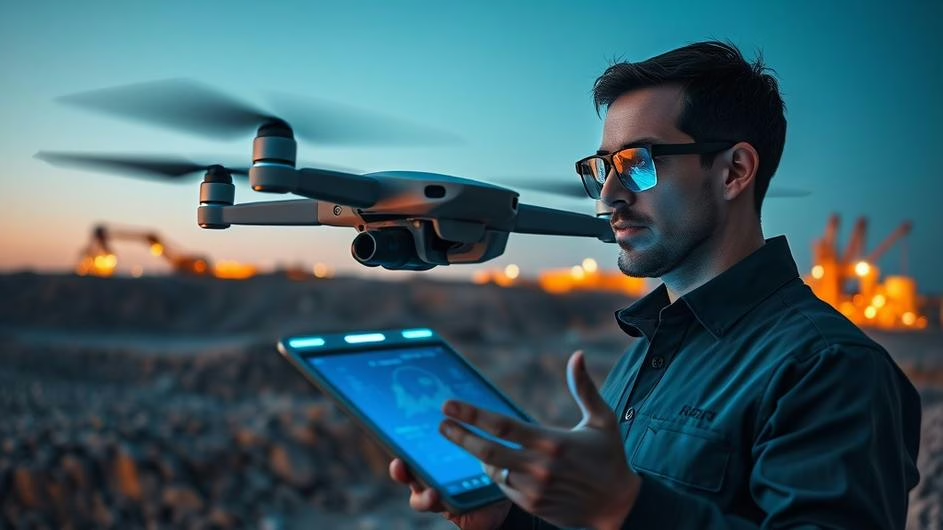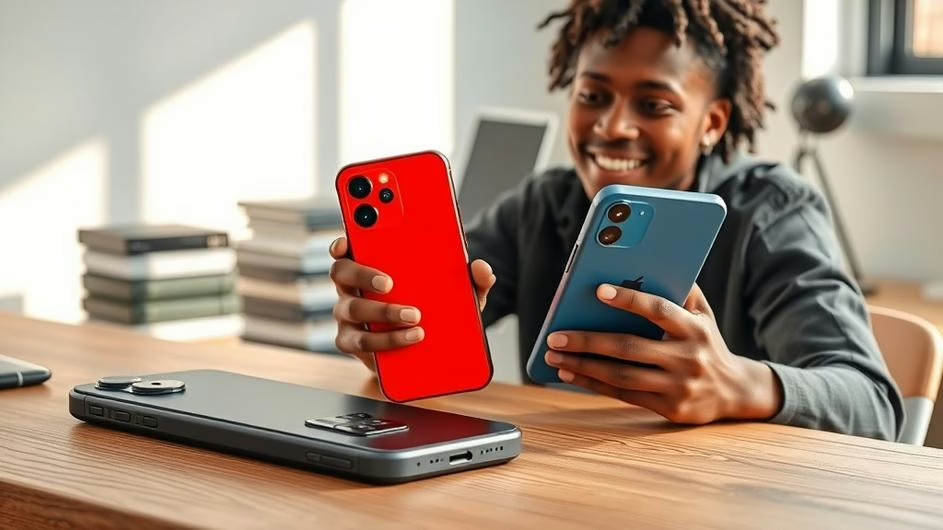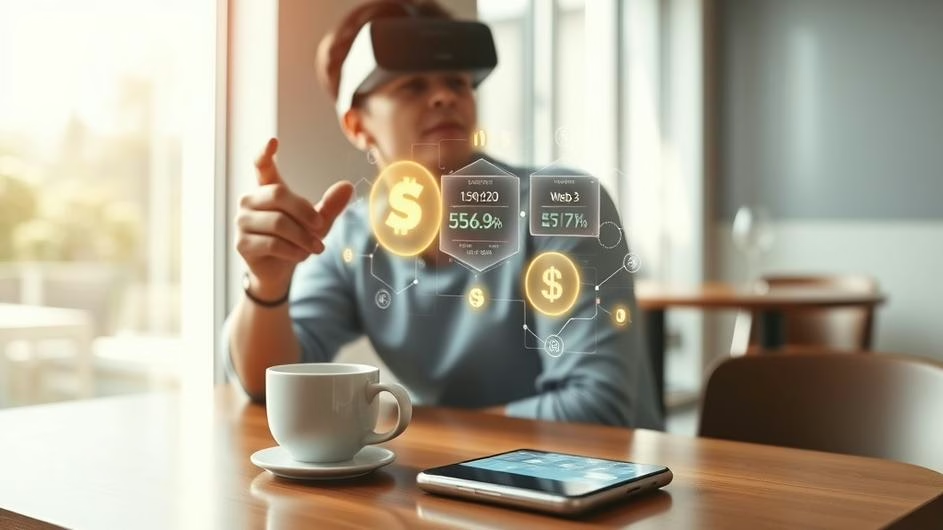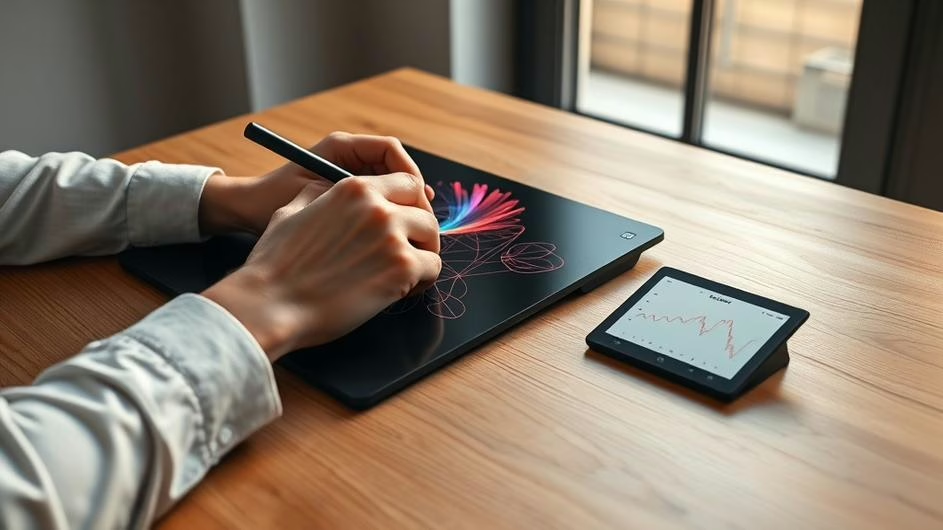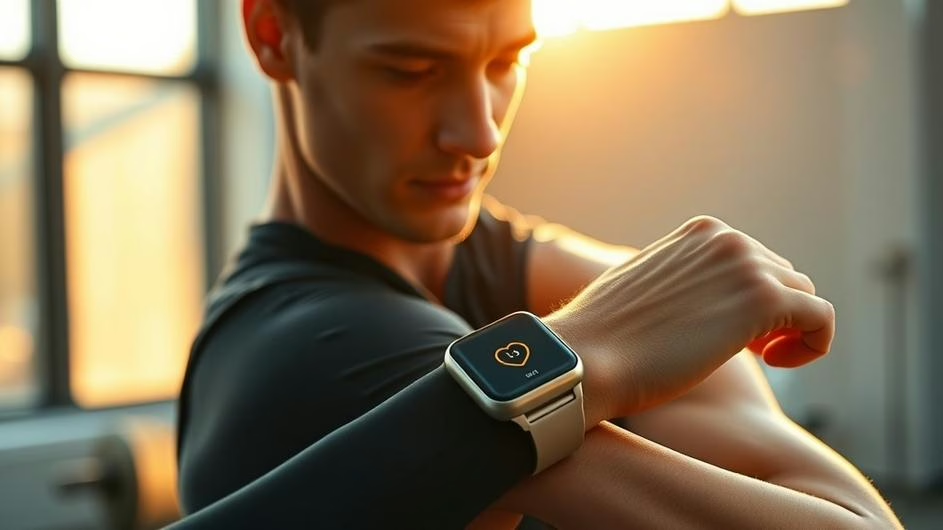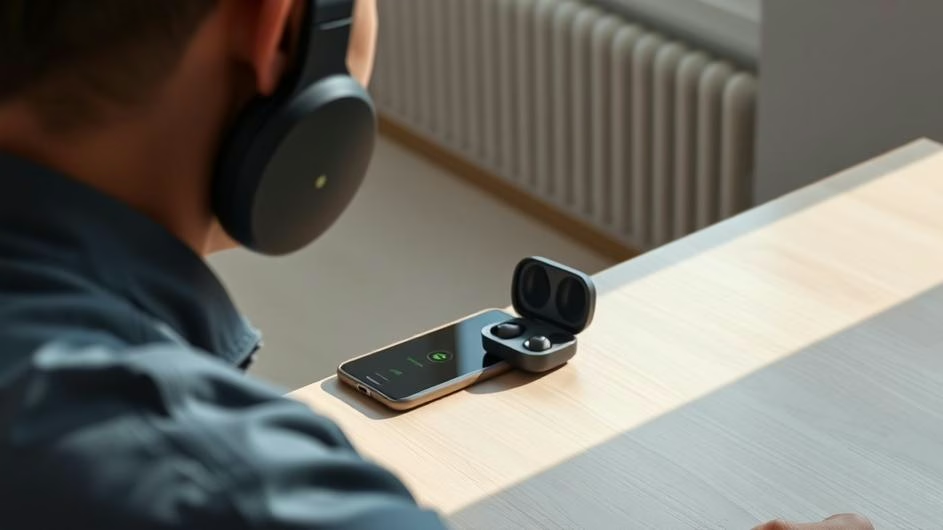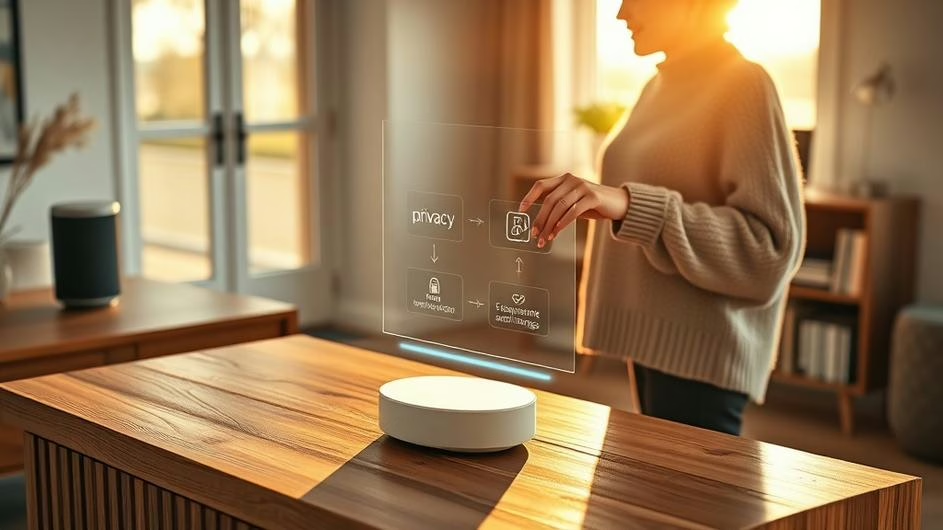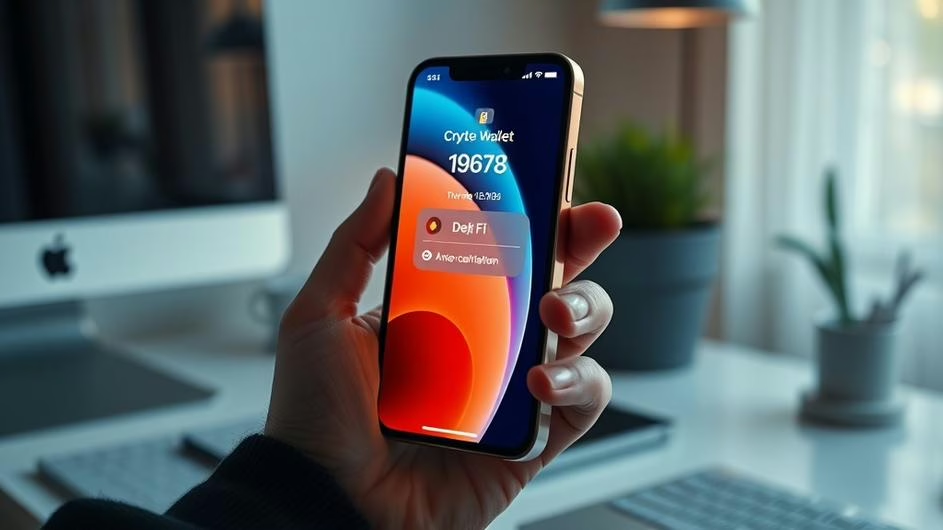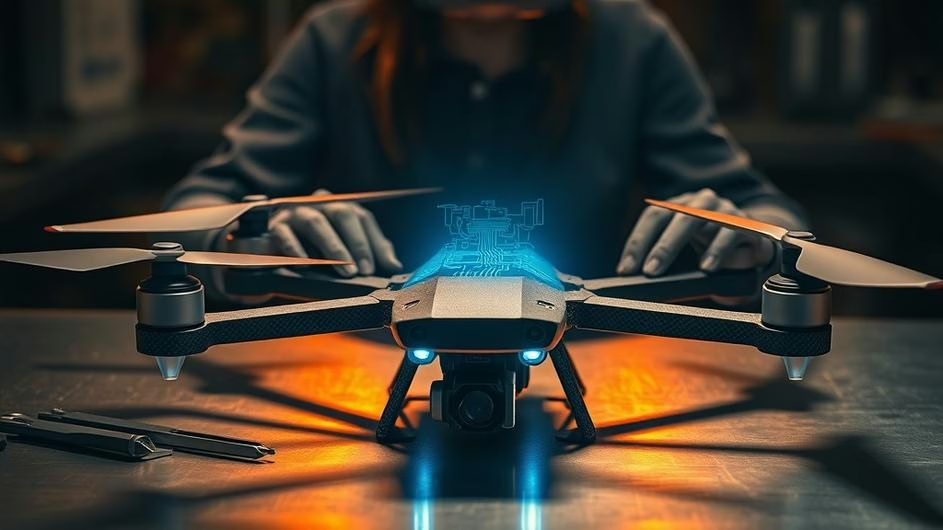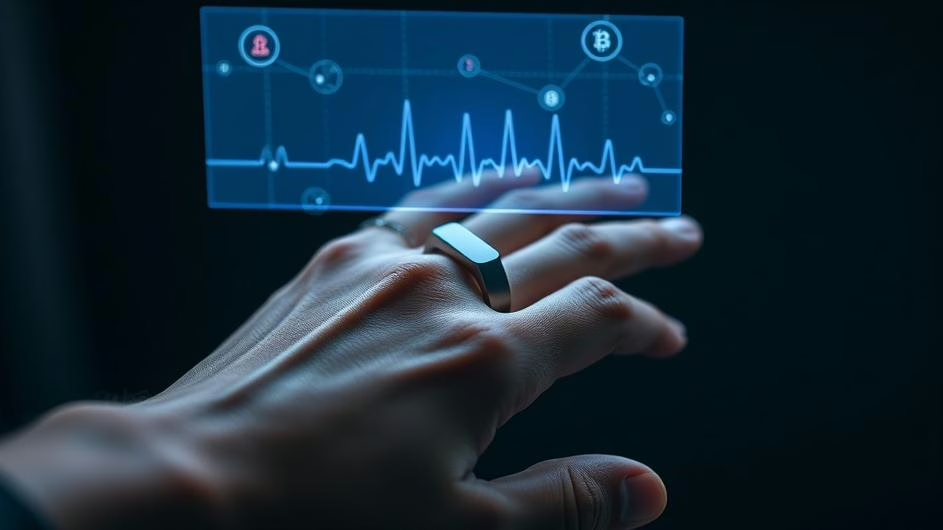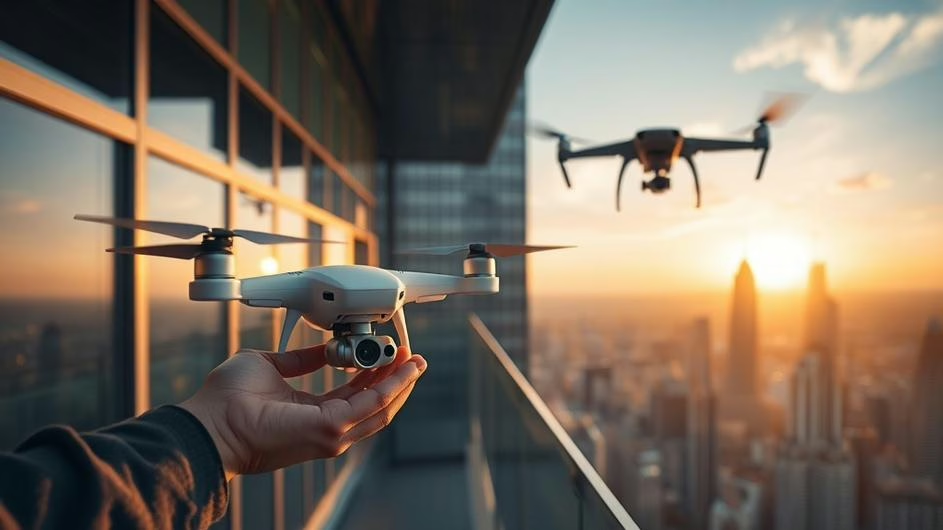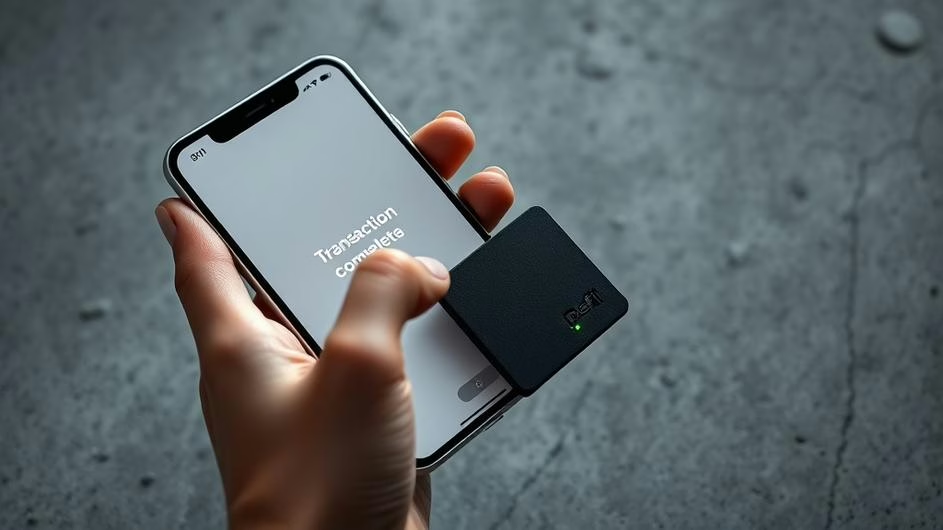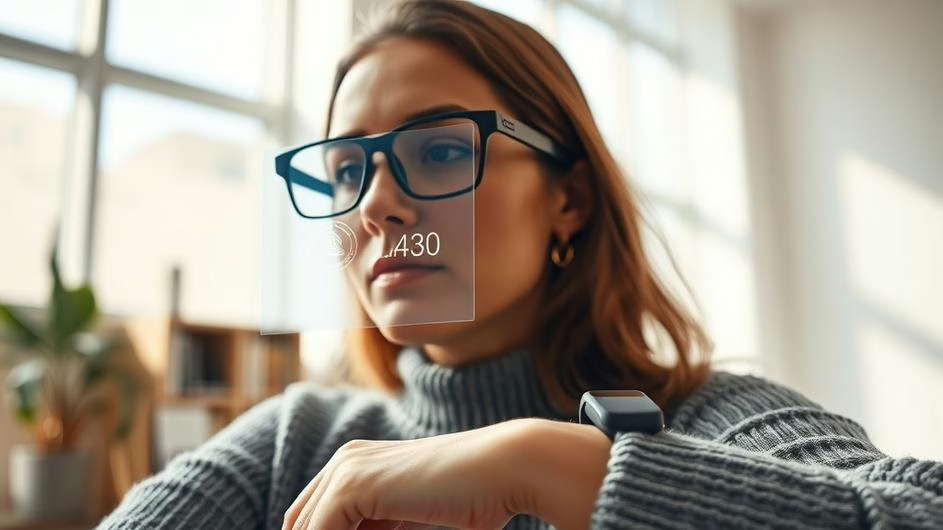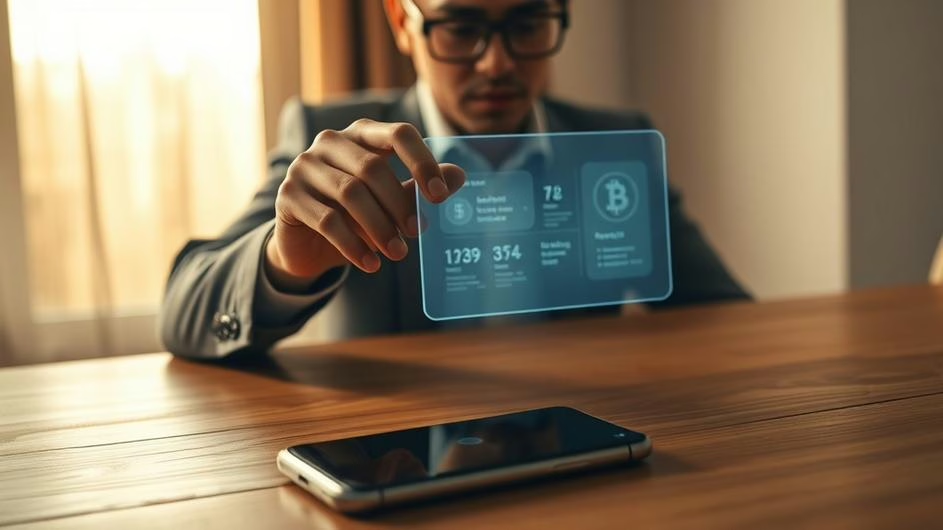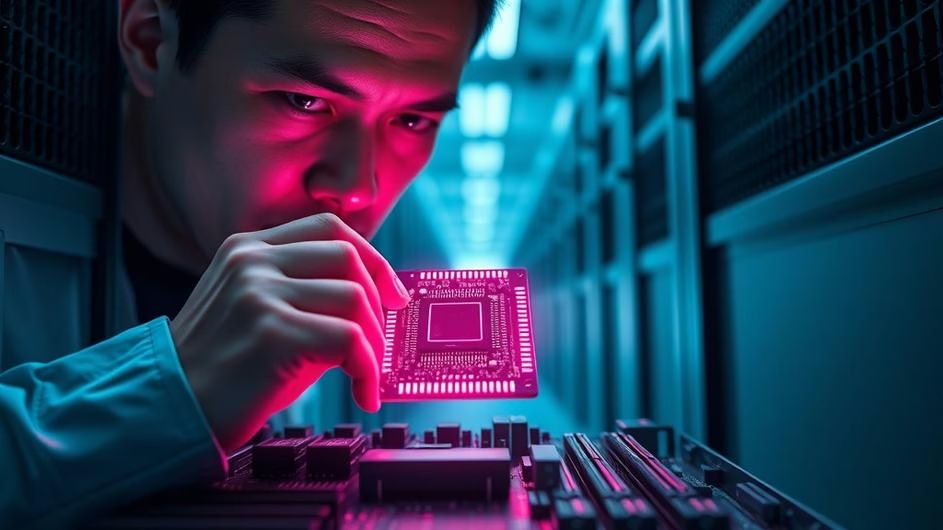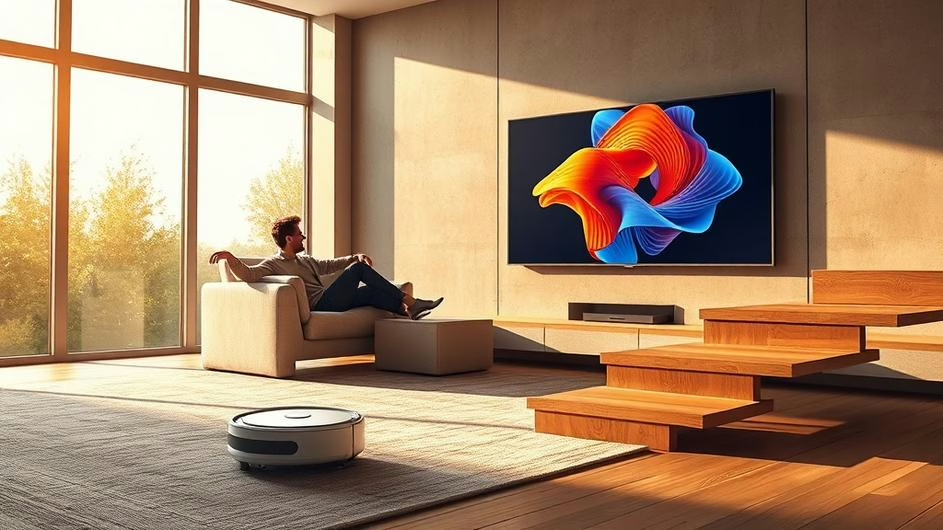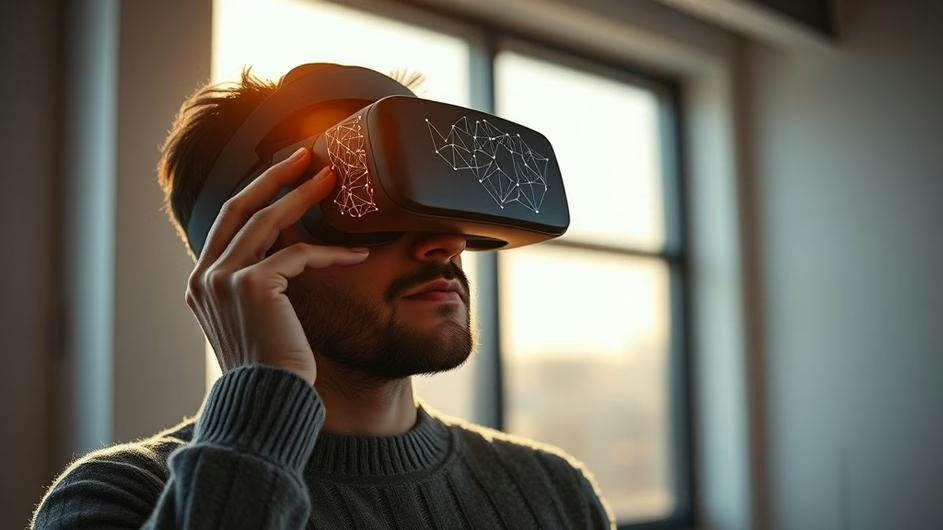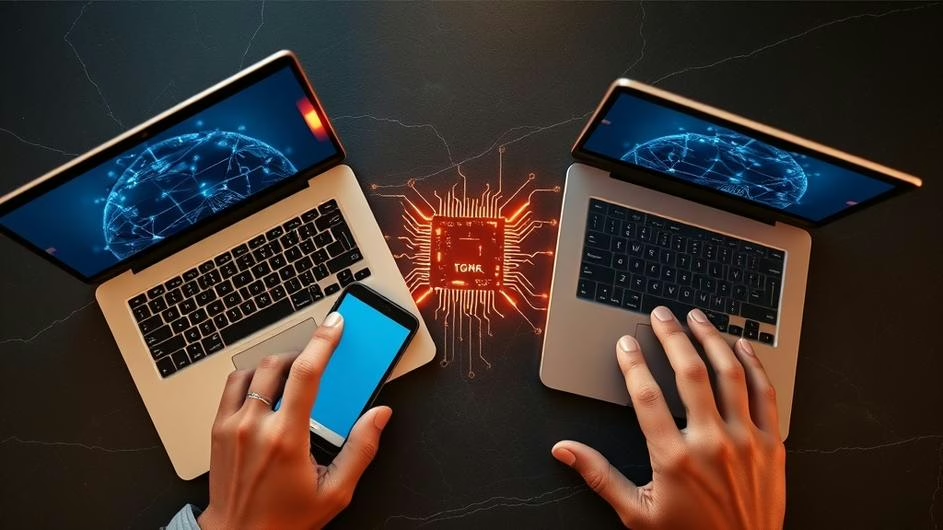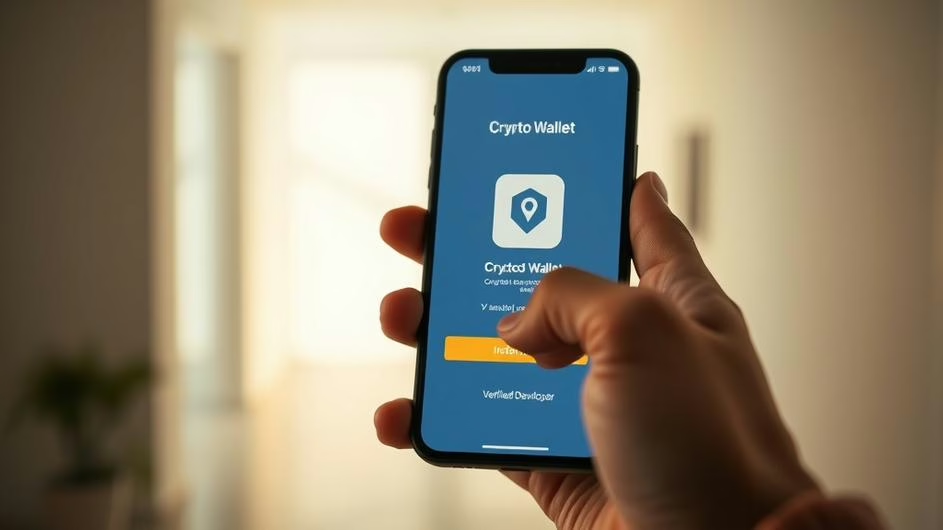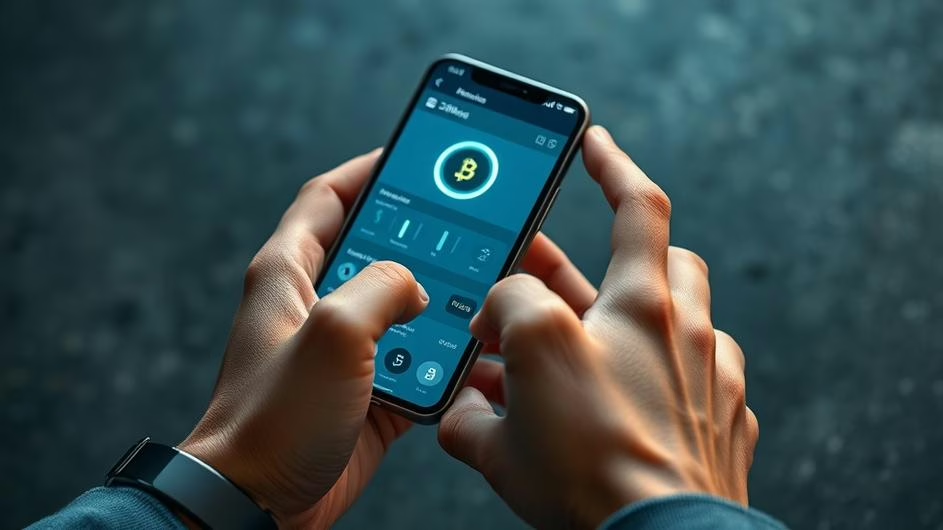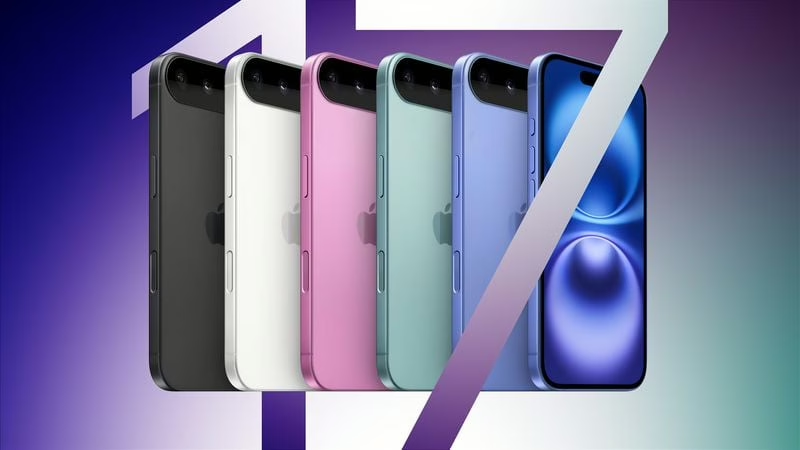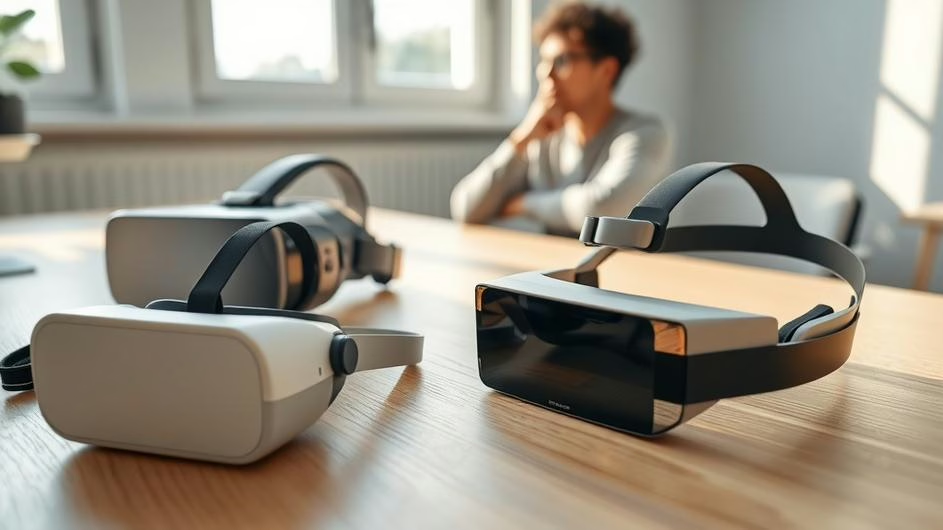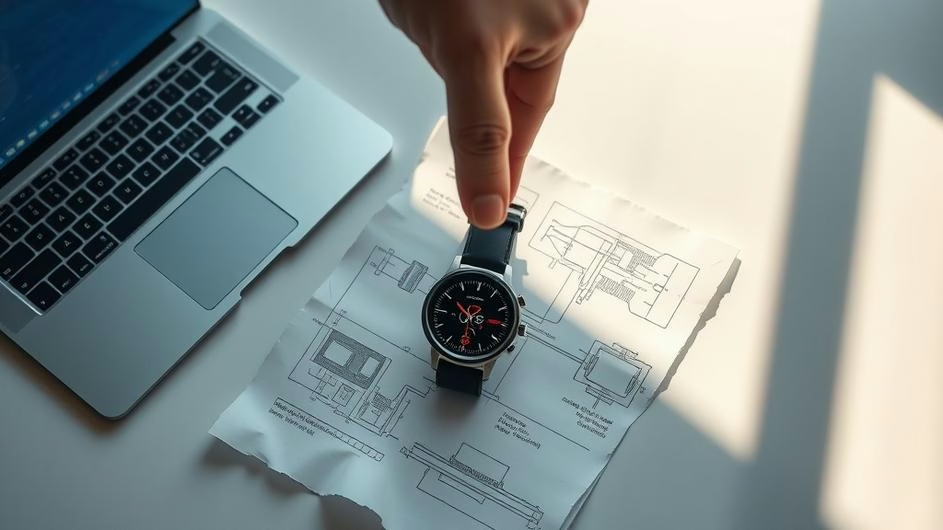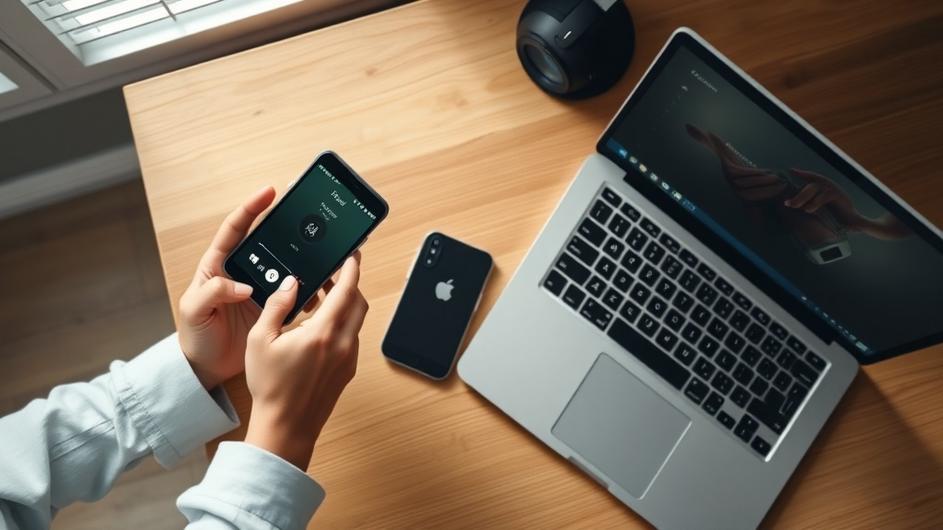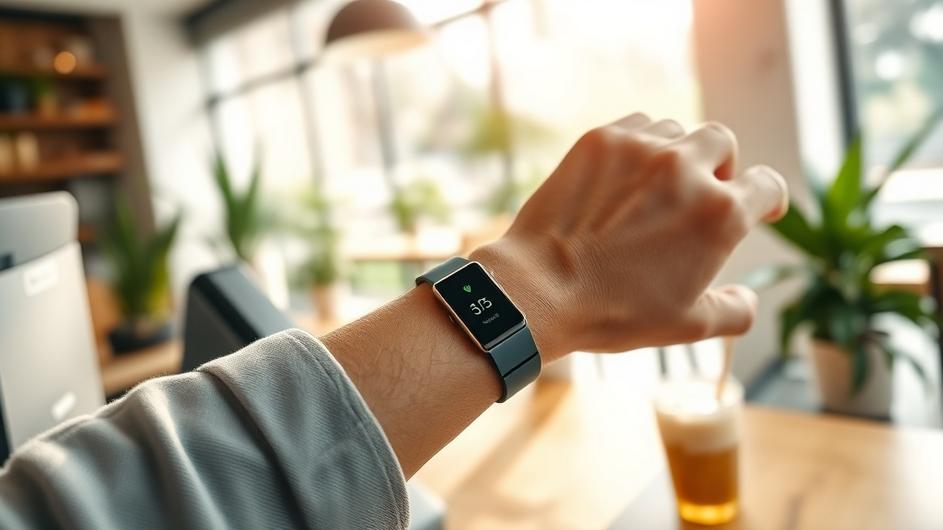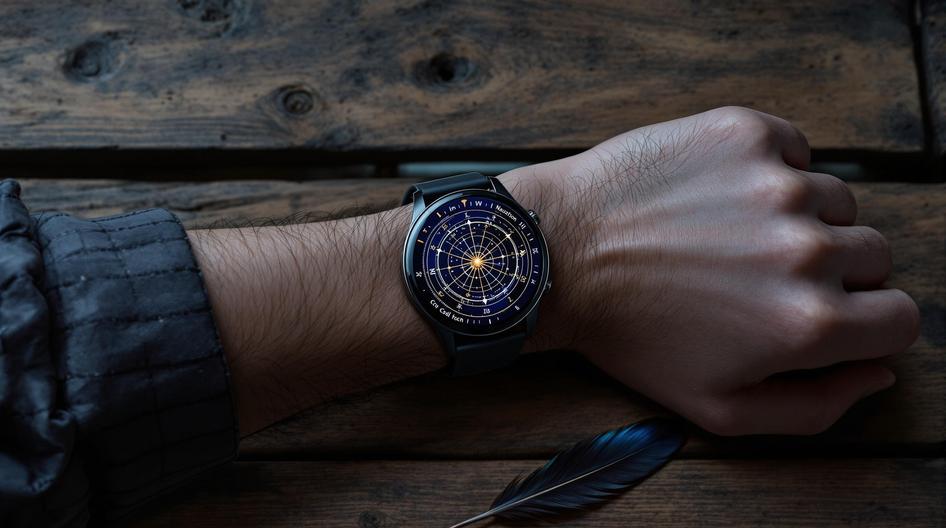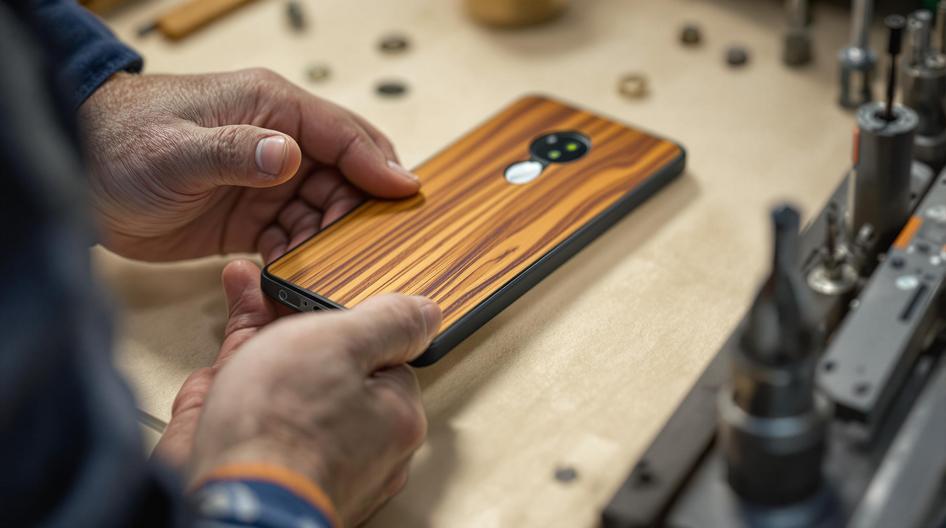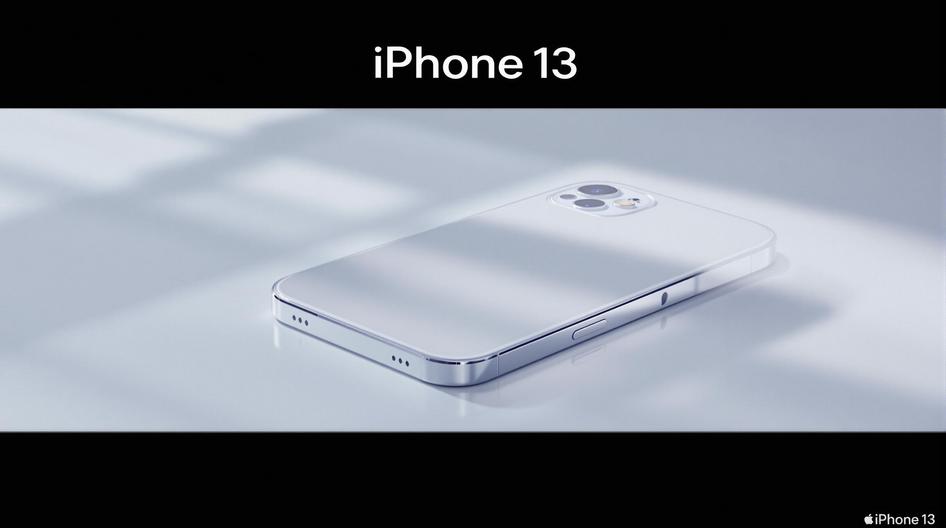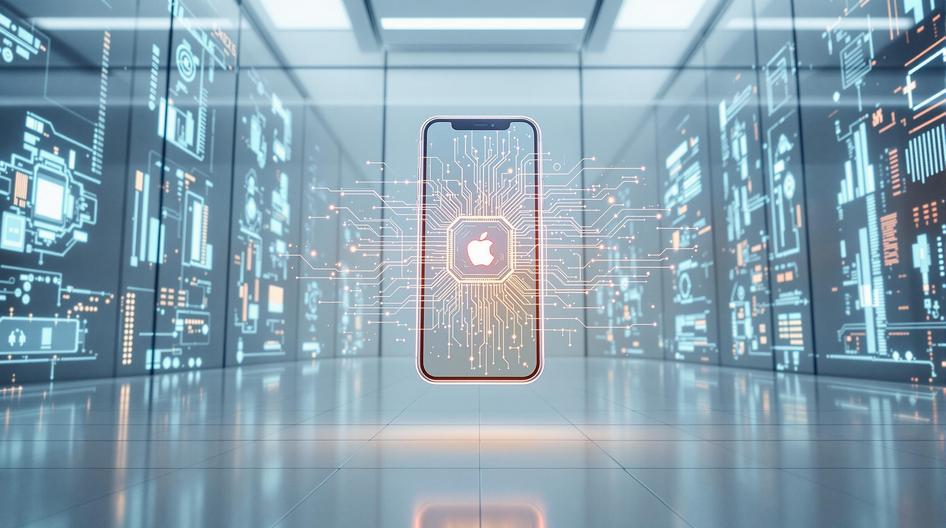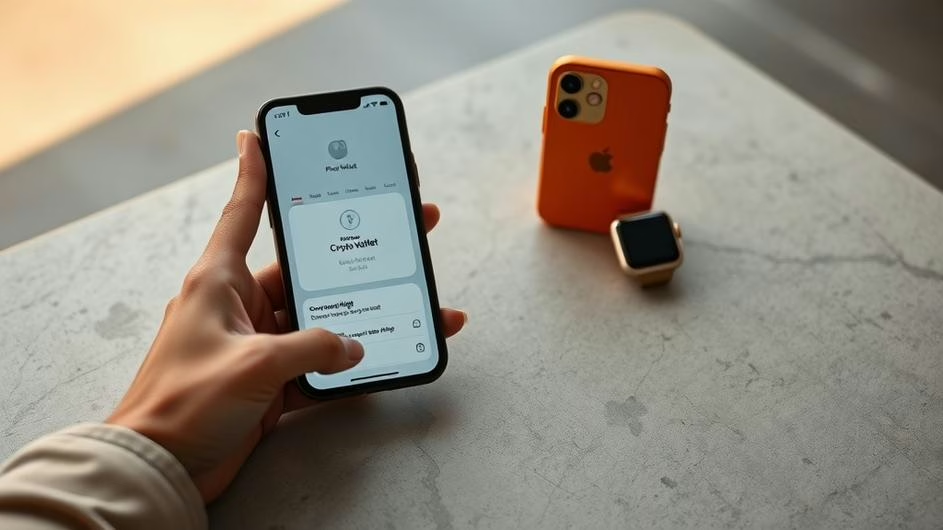
iPhone 17 Air, Bold Colors, and Smartwatches Ignite 2025’s Tech Race
September 2025 has turned into Apple’s most intriguing hardware moment in years. The tech giant didn’t just release new phones; they’ve sparked conversations that reach far beyond typical gadget reviews into territories where crypto innovation meets everyday hardware.
The star of this launch cycle? Apple’s brand-new iPhone 17 Air. Think MacBook Air philosophy applied to smartphones: ultra-thin, deliberately streamlined, and surprisingly affordable compared to the Pro lineup. This isn’t just another phone release. For developers working in Web3 spaces, the iPhone 17 Air represents something bigger: a return to form factor innovation that actually matters to users who need devices that balance serious functionality with genuine portability.
Consider what this means for anyone managing crypto wallets or running development tools on mobile. When your phone doubles as a security key for high-value transactions, having a device that’s both secure and genuinely portable becomes crucial. The iPhone 17 Air hits that sweet spot where practical design meets the needs of users who can’t afford to compromise on either security or mobility.
Hardware Focus Pays Off
Apple’s broader iPhone 17 strategy, covering the Pro and Pro Max models, feels like a deliberate step back from the AI-everything hype cycle. According to Bloomberg’s comprehensive review, Apple has shifted focus squarely back to what they do best: build quality and camera technology. That’s refreshing.
This hardware-first approach resonates particularly well with crypto developers and early adopters who often demand the best possible imaging capabilities. Whether you’re working on AR overlays for blockchain applications or need reliable camera tech for remote transaction verification, these upgrades matter more than flashy AI features that might not work as advertised.
The iPhone 17 Pro lineup promises the kind of super-cycle enthusiasm that reminds longtime Apple watchers of those overnight camping sessions for iPhone 6 launches. There’s genuine excitement here, built on tangible improvements rather than marketing promises.
Orange You Glad It’s Different?
Then there’s the elephant in the room: Apple’s bold orange iPhone 17 Pro. CNET’s take on Apple’s orange experiment pulls no punches, comparing the shade to “Cheeto-dust” and construction equipment. Harsh? Maybe. But it highlights Apple’s willingness to break away from safe design choices.
For the crypto community, where personal branding and digital identity matter significantly, a bold color choice like this isn’t just about aesthetics. It’s about signaling. In spaces where smartphone technology intersects with NFT collecting and DAO participation, having a device that stands out can become part of your digital persona. Orange might be divisive, but it’s definitely memorable.
Durability Concerns Surface
No major tech launch escapes controversy completely. Enter “Scratchgate,” the social media storm around reports that iPhone 17 displays are more scratch-prone than previous generations. CNET’s coverage of the Scratchgate controversy captures the growing concern among early adopters.
For crypto users who treat their phones as hardware wallets or security keys, durability isn’t just about looks. It’s about protecting valuable assets. The crypto community has gotten very good at threat modeling, and questions about the long-term resilience of these new glass and metal composites matter when your device secures significant financial holdings.
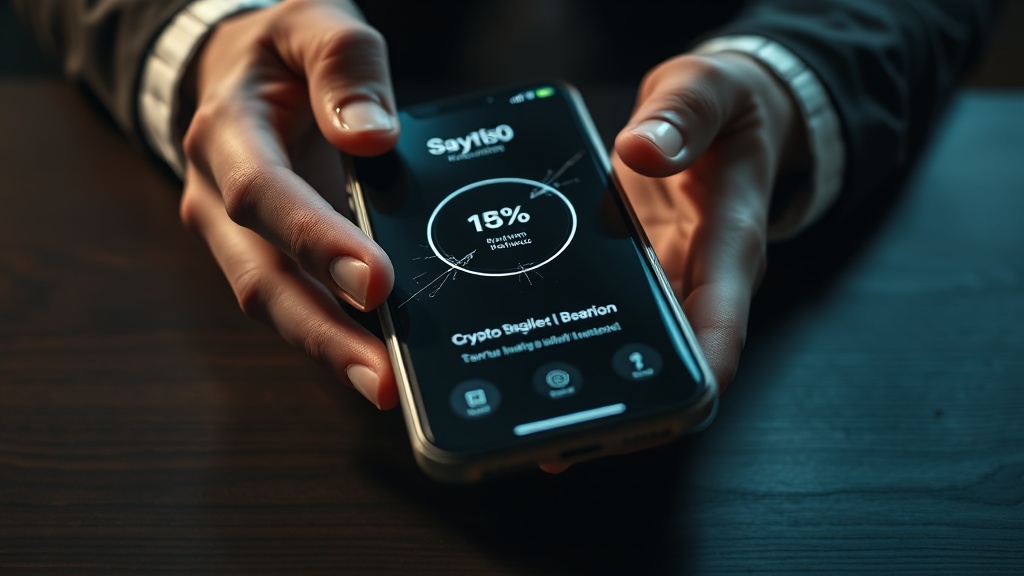
Smartwatch Revolution Continues
Apple’s September momentum extends well beyond phones. The new Apple Watch lineup, particularly the third-generation SE and Series 11, shows how advanced features continue trickling down to more affordable models. Consumer Reports highlights how the SE 3 now delivers premium tracking, notifications, and health monitoring for under $250.
This democratization of wearable technology has implications that reach into crypto and Web3 spaces. Imagine confirming multisig transactions from your wrist, or authenticating dApp interactions without pulling out your phone. For crypto investors who value uptime and seamless access to their portfolios, capable smartwatches extend operational capabilities in meaningful ways.
The bridge between wearable integration and mainstream adoption of decentralized technology often gets overlooked, but it’s becoming increasingly important as these tools become more sophisticated and affordable.
What This Means for Tech and Crypto
Apple’s fall 2025 strategy isn’t just about competing with other phone makers. It’s about creating devices that work well in an era where personal technology increasingly serves as the gateway to decentralized ecosystems. From the affordability and mobility of the iPhone 17 Air to the expanded capabilities of the Apple Watch SE 3, the experience of using these devices becomes inseparable from the digital transformations happening around us.
Looking ahead, success in both consumer electronics and cryptocurrency markets will likely depend on edge-device security, customizable aesthetics, and seamless cross-platform integration. Apple’s September releases remind us that hardware innovation still matters, especially as the next generation of crypto-native tools migrates from desktop computers into our pockets and onto our wrists.
For anyone building on-chain applications, trading in real-time markets, or simply looking for an edge in our rapidly changing digital world, September’s hardware releases establish a new baseline for what’s possible when Web3 capabilities meet consumer electronics innovation.
Sources
- “The Best New Products in September 2025: Apple, Lululemon & Hoka” – NBC News, September 29, 2025
- “Apple’s iPhone 17 Line Wins By Returning the Focus to Hardware” – Bloomberg, September 23, 2025
- “Apple Wants Orange to Be the New Black. It Isn’t” – CNET, September 23, 2025
- “iPhone 17’s ‘Scratchgate’ Controversy” – CNET, September 23, 2025
- “The $250 Apple Watch SE 3 Is the Most Capable SE Ever” – Consumer Reports, September 26, 2025

